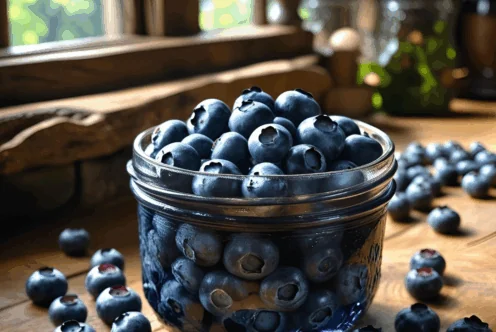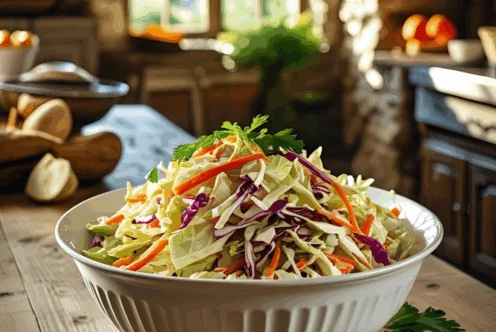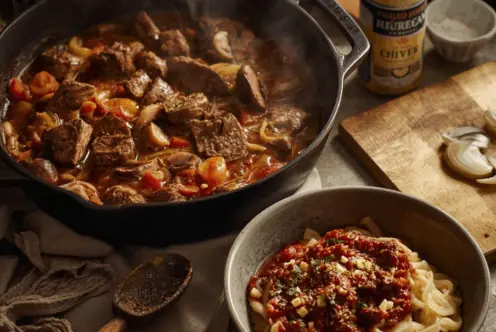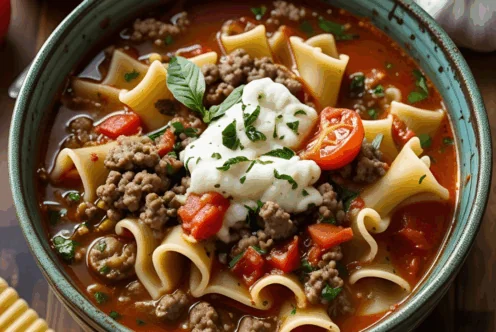Blog
Have You Loved on Your Legumes Lately?
By Laura Slatalla, Recent ASU Nutrition Student
Legumes are seeds or fruit of plants in the Fabaceae family. Common legumes are beans, lentils, and peas. Not only are they cheap and filling, but they contain fiber, protein, and vitamins, and antioxidants!
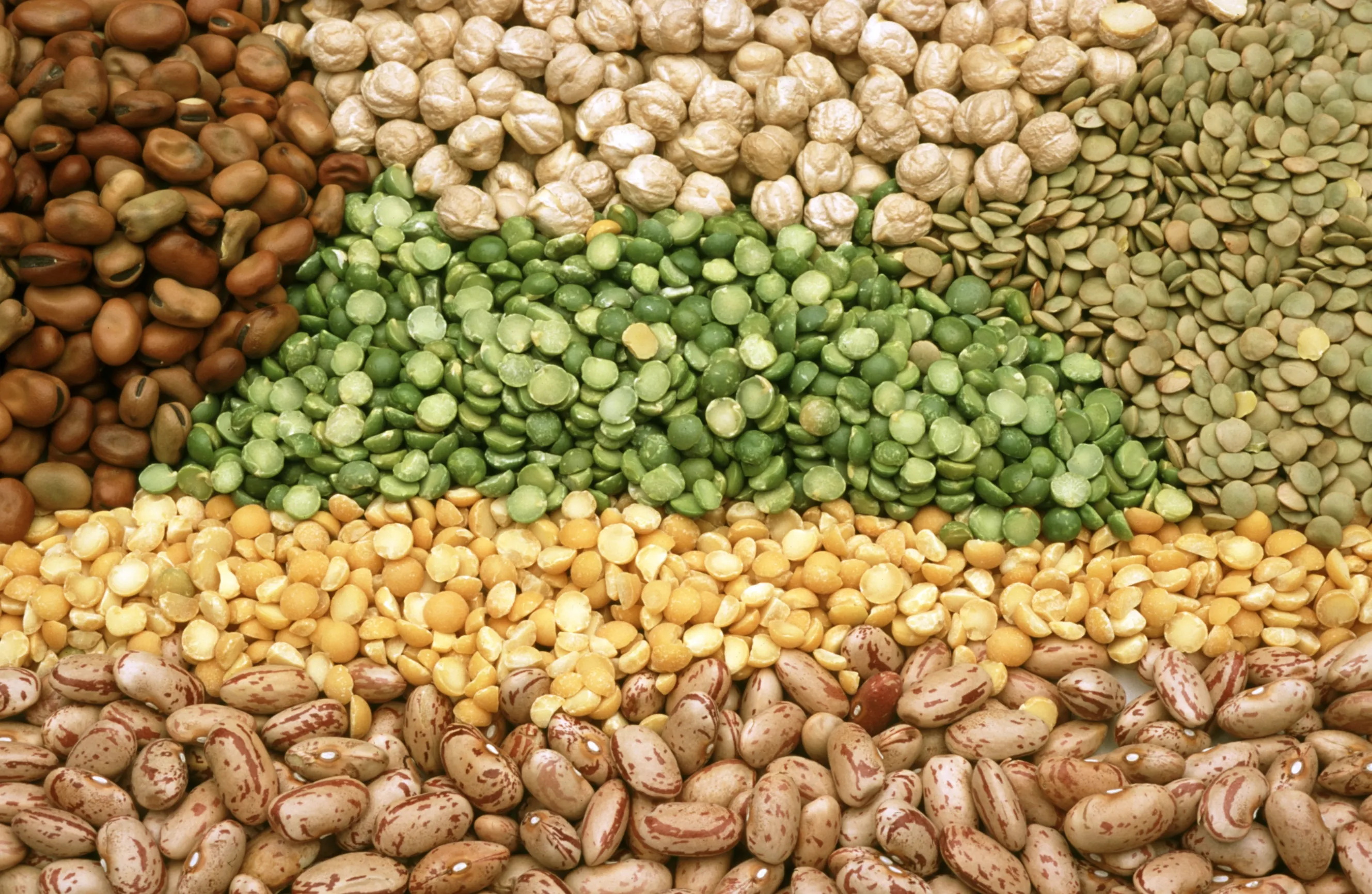
The high amount of soluble fiber in legumes can aid in digestive health, which lowers risk of colon cancer, and it’s also good for the heart. It binds to cholesterol, preventing it from being absorbed and lowering total cholesterol levels. High LDL cholesterol is a risk factor for heart disease. Lowering cholesterol by eating more legumes can reduce blood pressure because there is less build up along the arteries. They also have folate and magnesium, which reduce risk for heart disease. Overall legumes are a heart-healthy food!
Carbohydrates have a glycemic index, which measures how quickly they are absorbed and cause a spike in blood sugar. Legumes are a complex carbohydrate and have a low glycemic index, so they can help reduce big spikes in blood sugar and reduce the risk of type 2 diabetes. The slow absorption and fiber make you feel full longer and fill you up, so when consuming a meal with legumes, less total calories are eaten. This makes them a great weapon for weight loss and management!
Sometimes legumes are called the vegetarian meat because they’re high in protein and iron. They make a great alternative to meat. They have fewer calories and fat and absorb the flavors of spices and other foods that they’re paired with.
Adding legumes can be a little scary, but they’re versatile and easy once you get the hang of it! Here are a few tips on cooking with legumes:
- Soak your legumes. This softens them up, making them cook faster, cleans them, and prevents some of the gas associated with eating them.
- Split peas and lentils do not need to be soaked.
- Add salt, vinegar, or tomatoes near the end of the cooking process. Otherwise they can get tough and take longer to cook.
- They can be refrigerated for up to 5 days or frozen.
- Try adding legumes to pastas and salads to get started.
It’s clear that legumes offer many health benefits! If you’re still curious about legumes check out Fill Your Plate! Or if you’re looking for more informative and interesting articles you can find them on the Fill Your Plate Blog.













